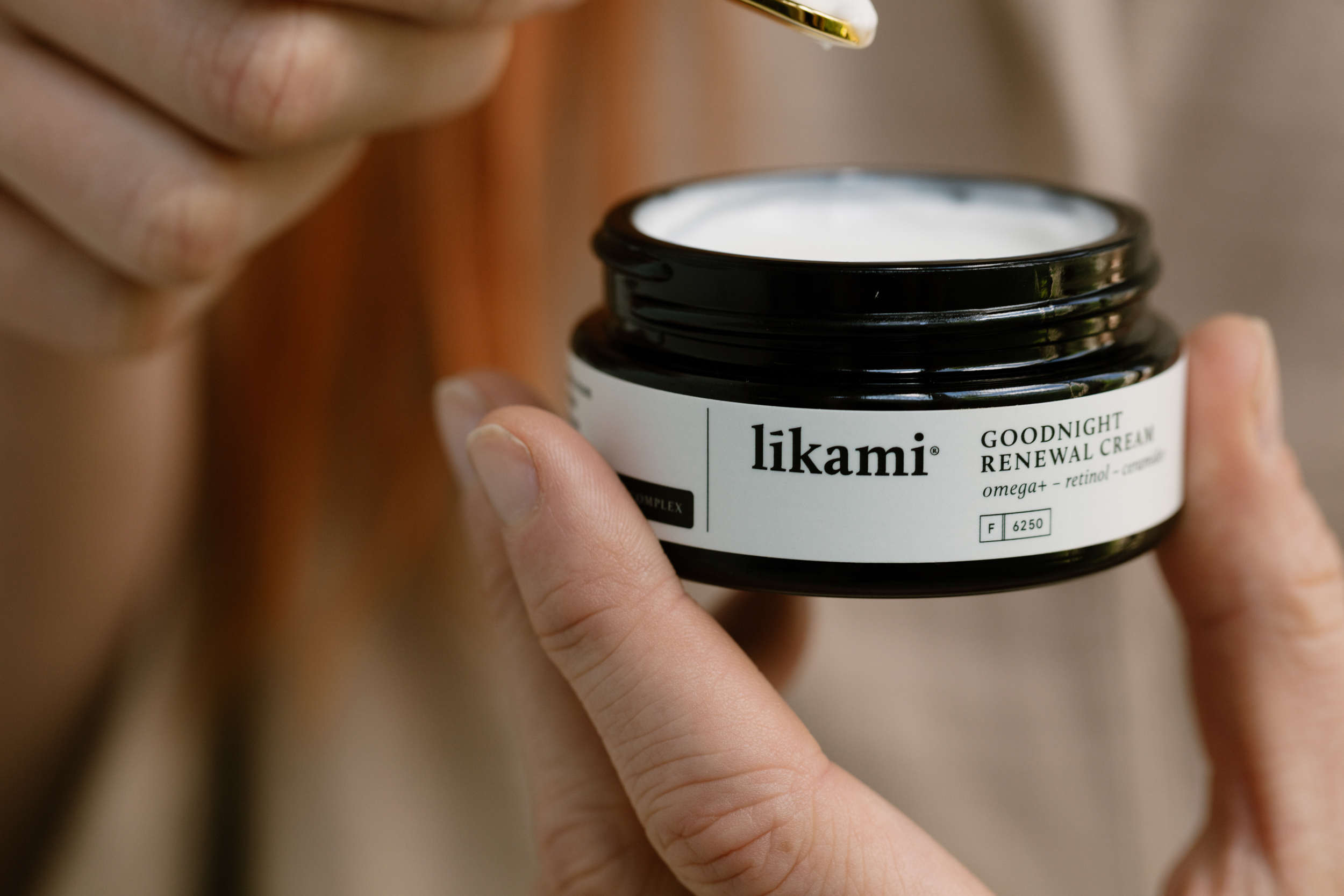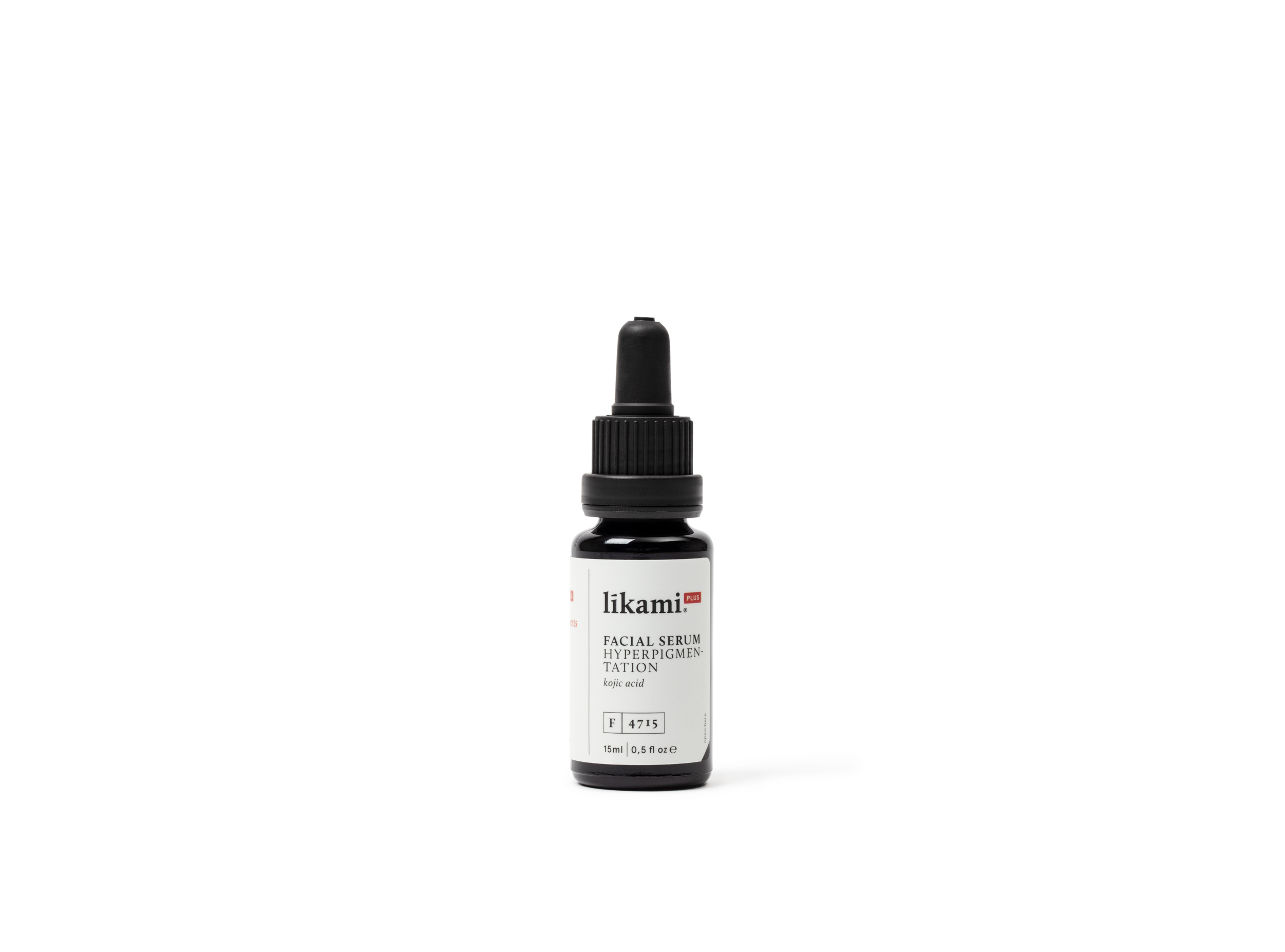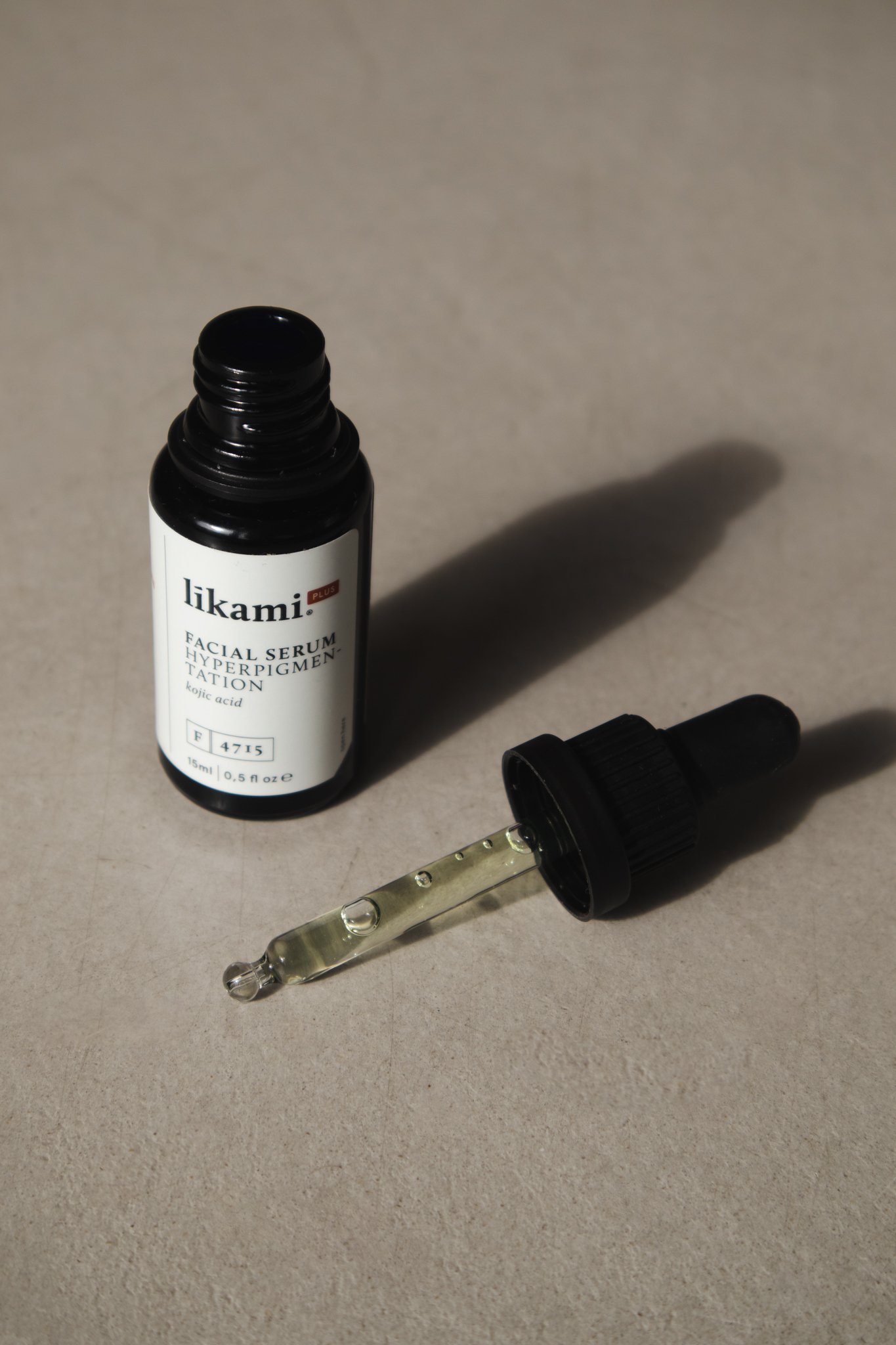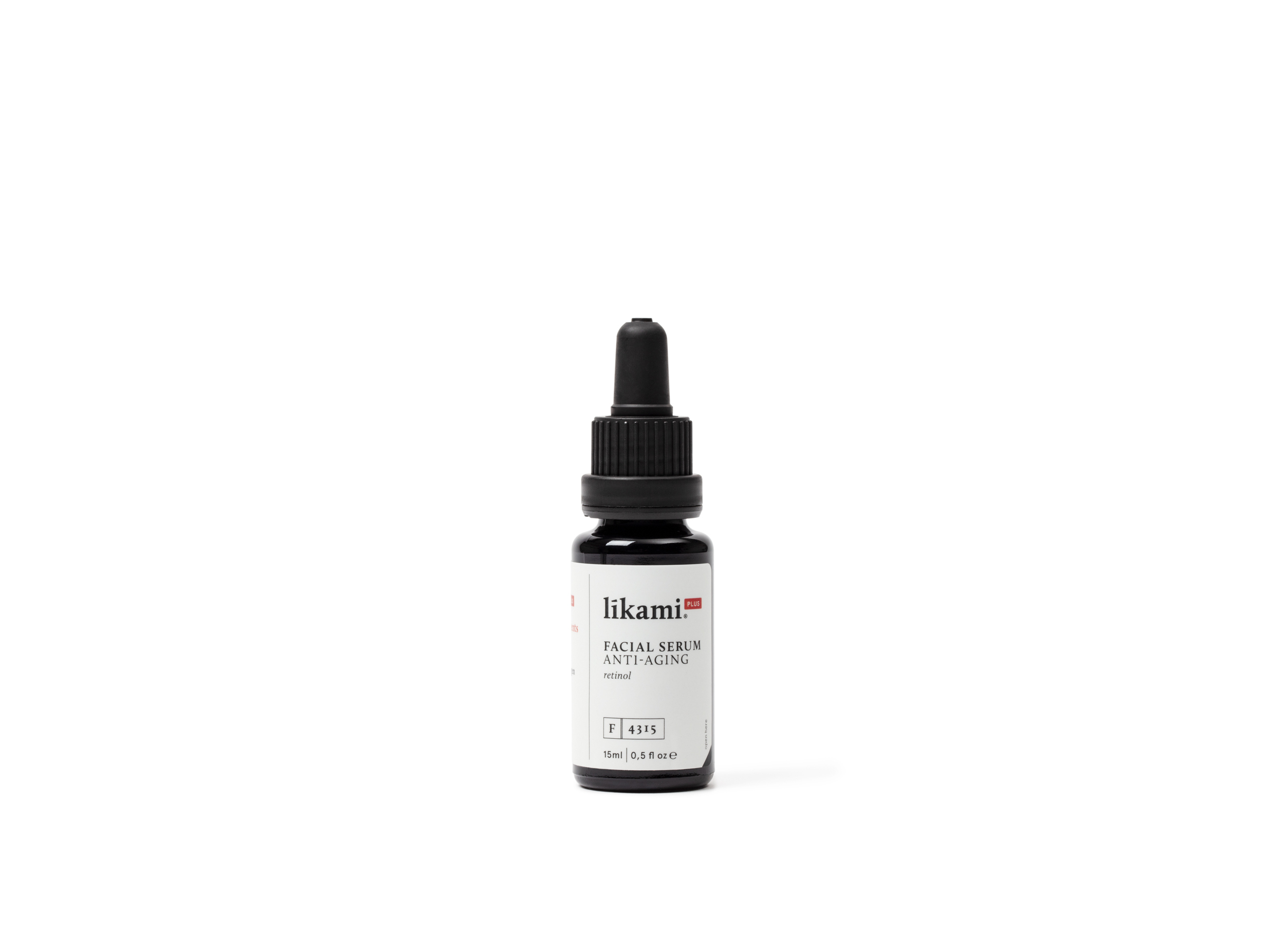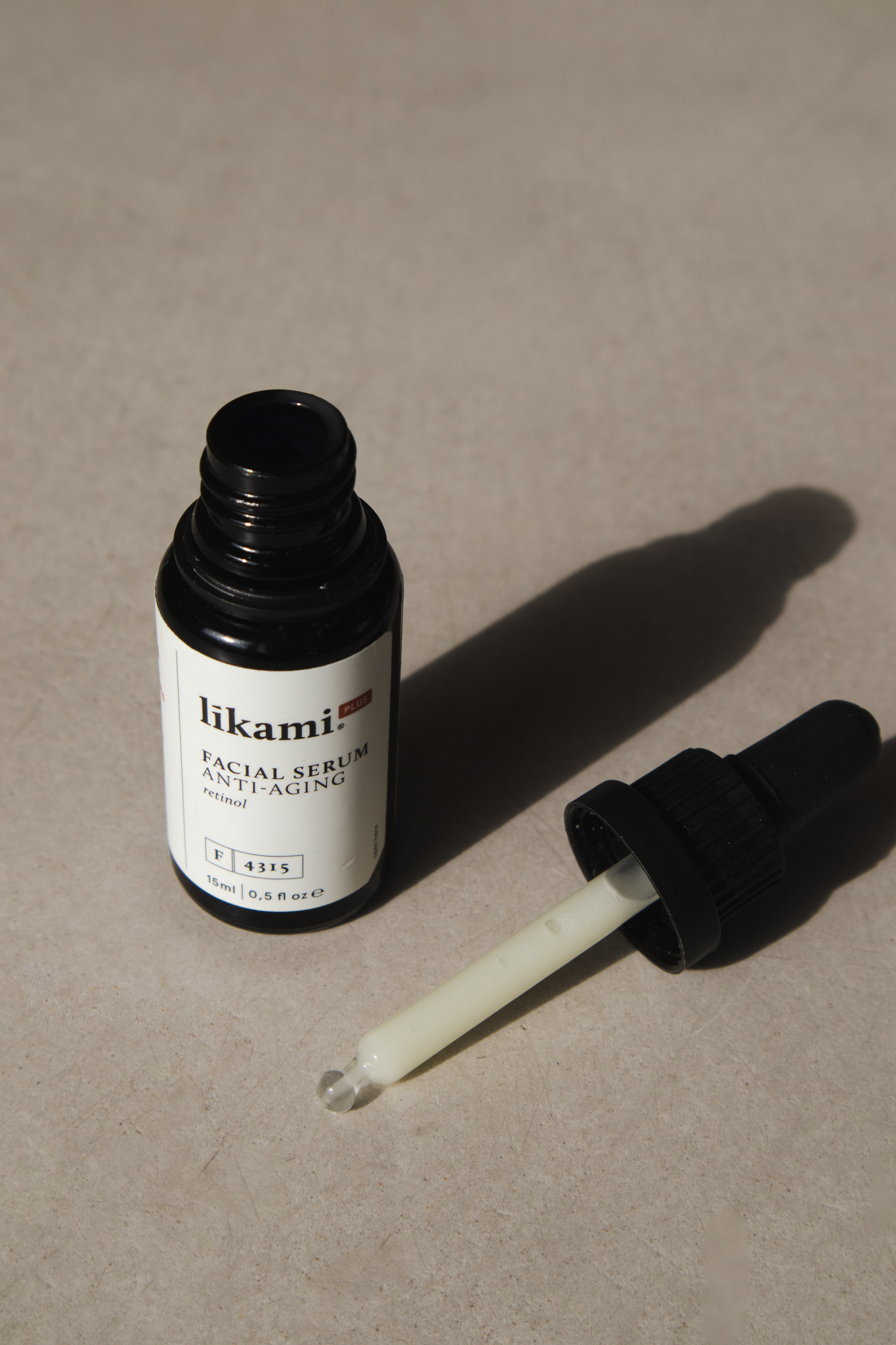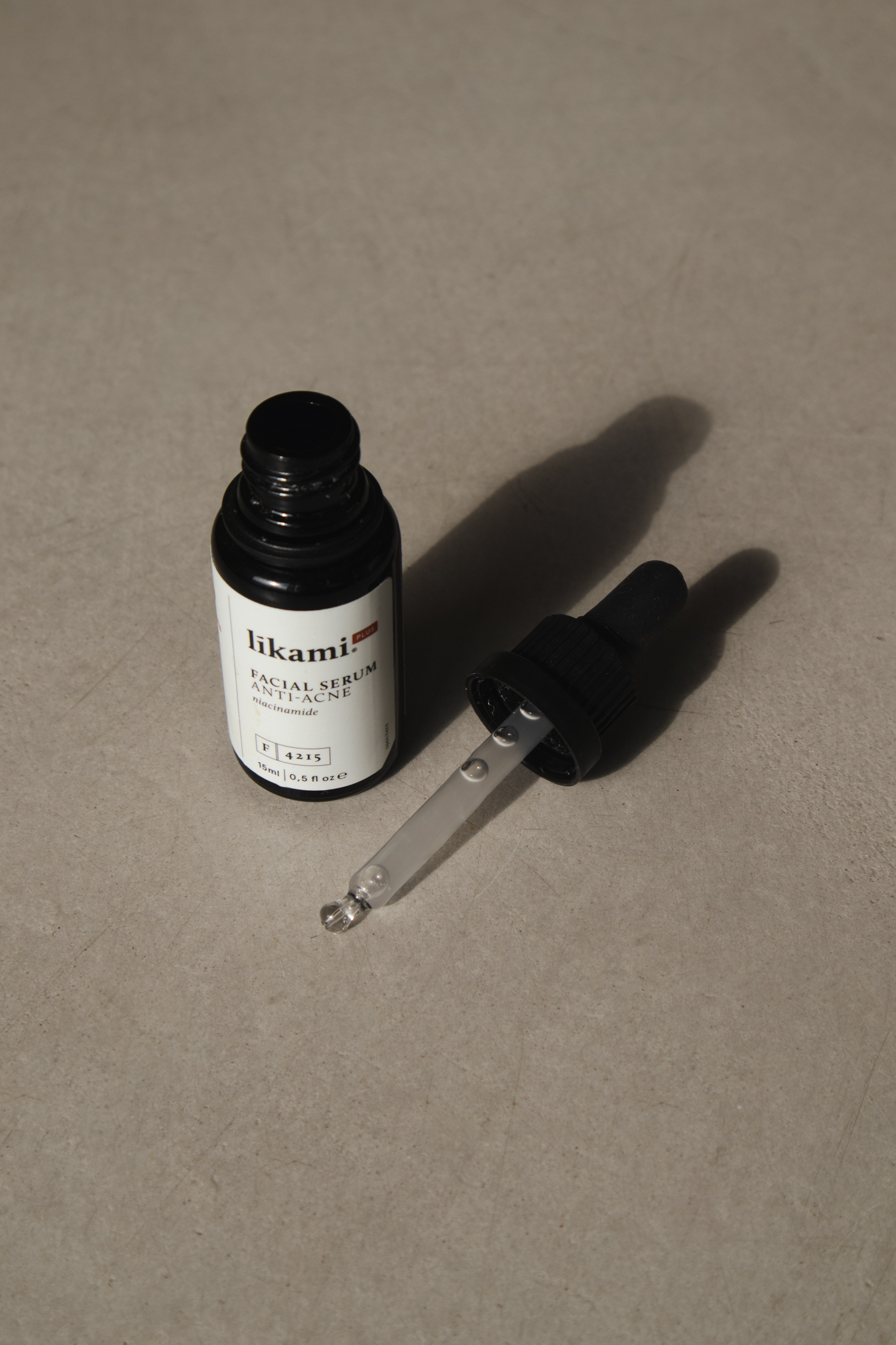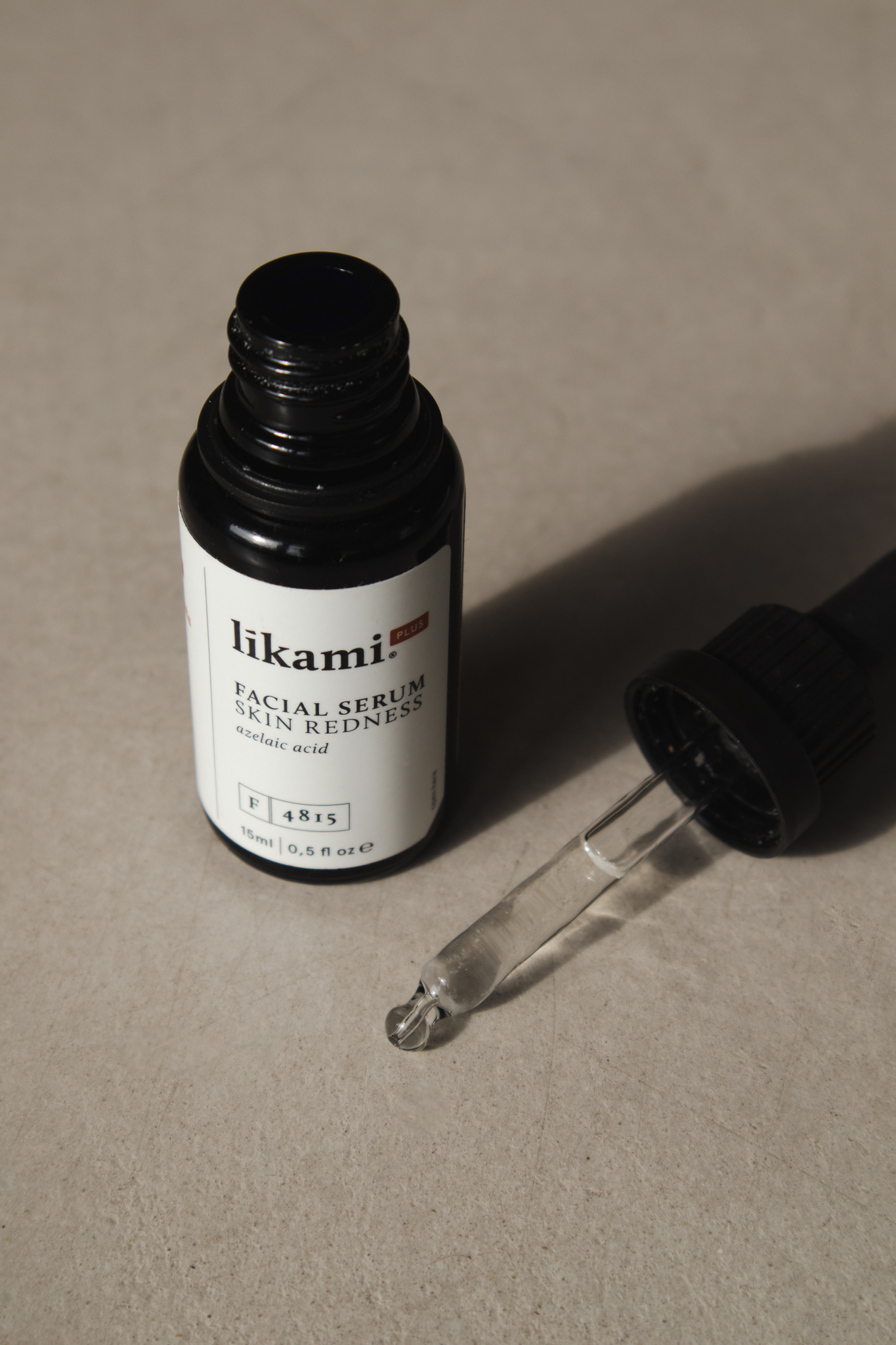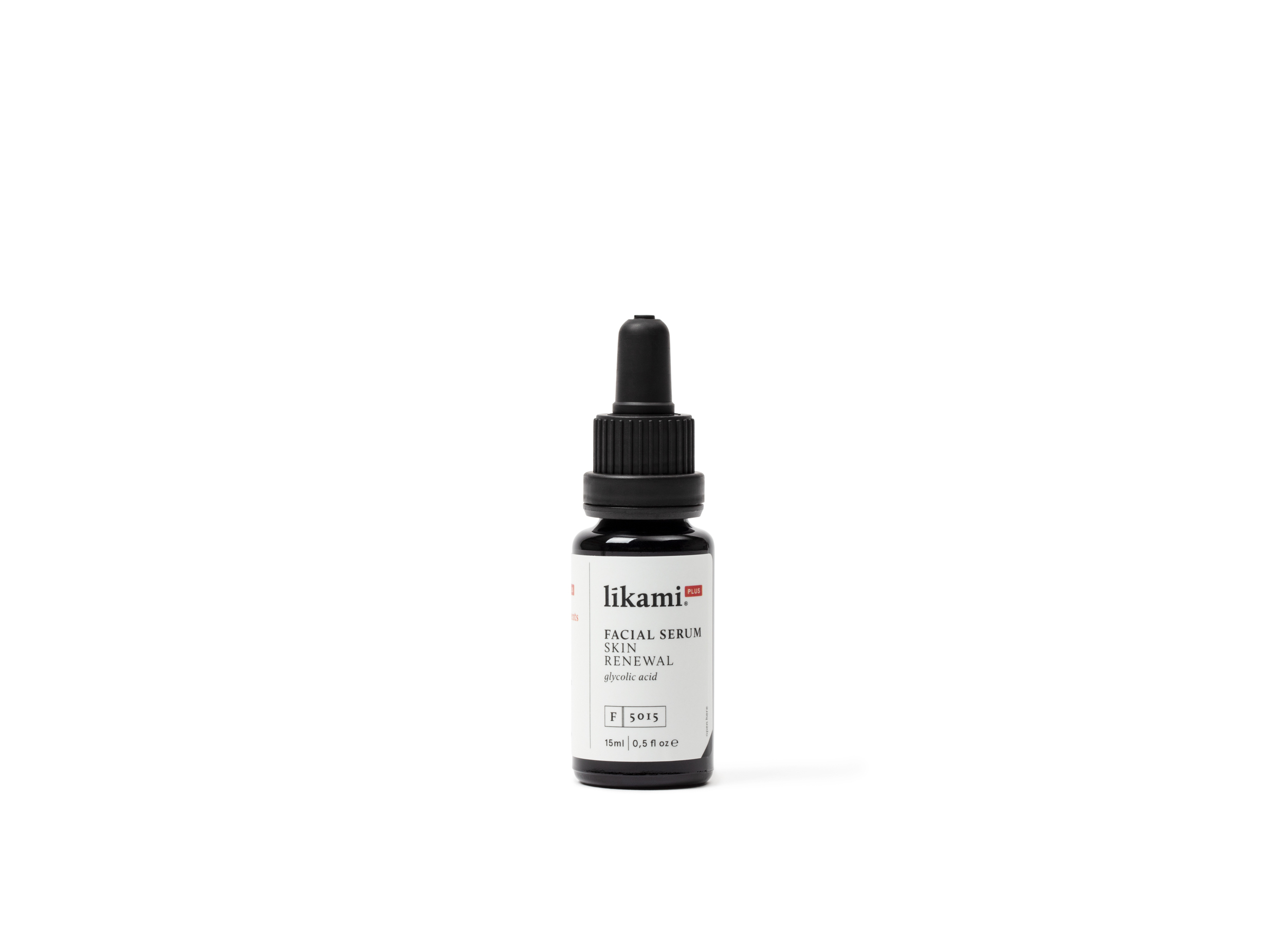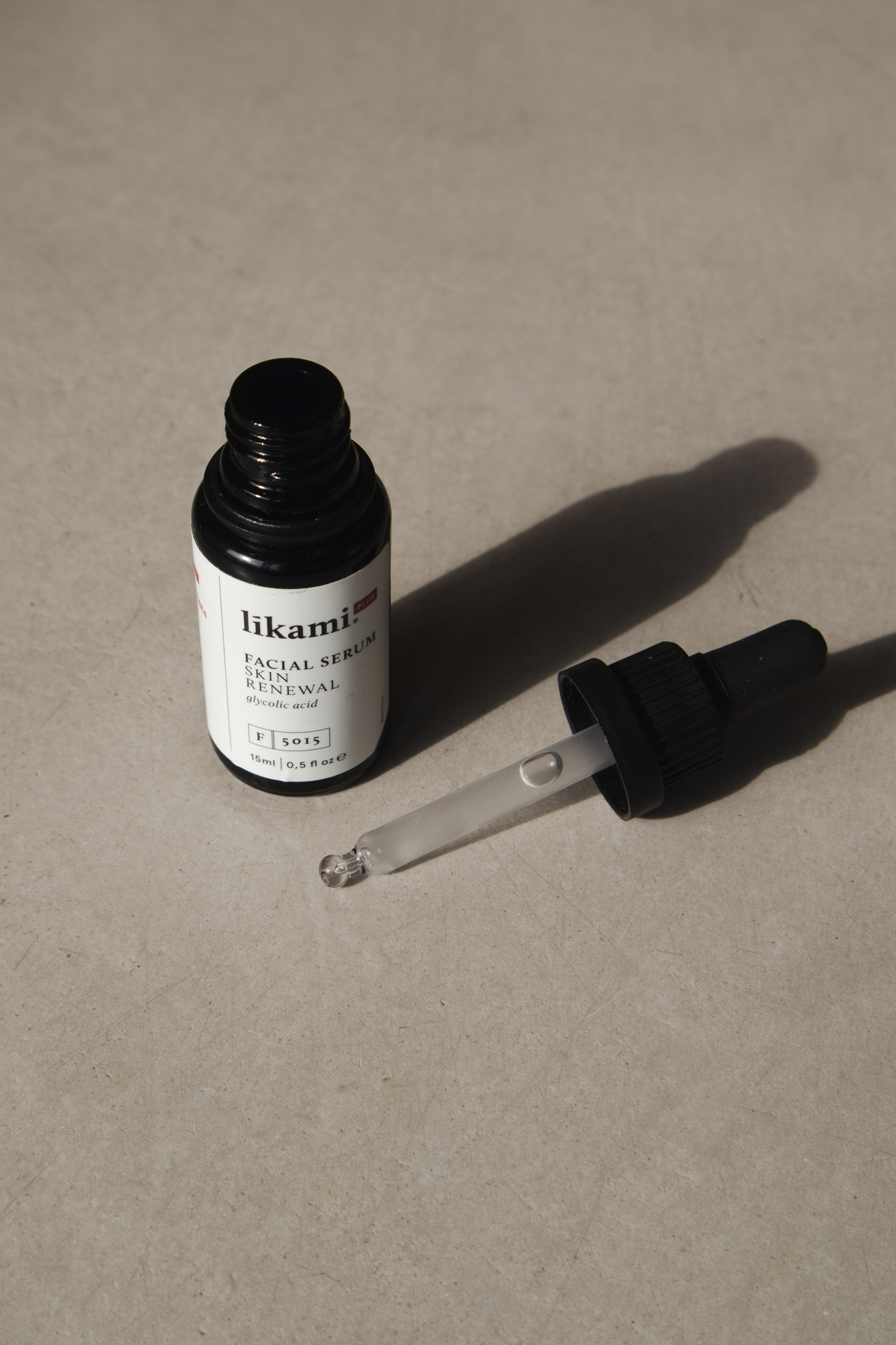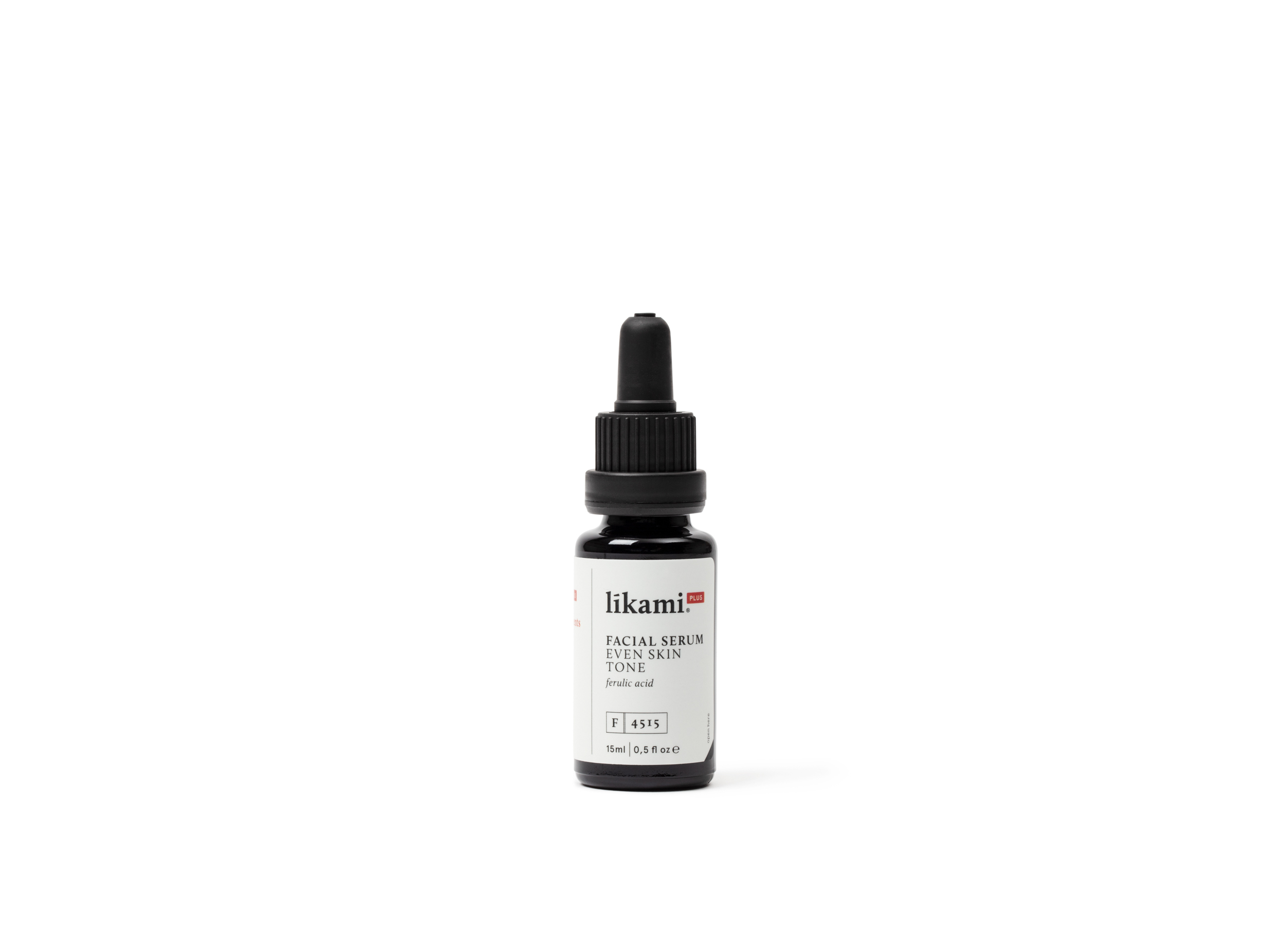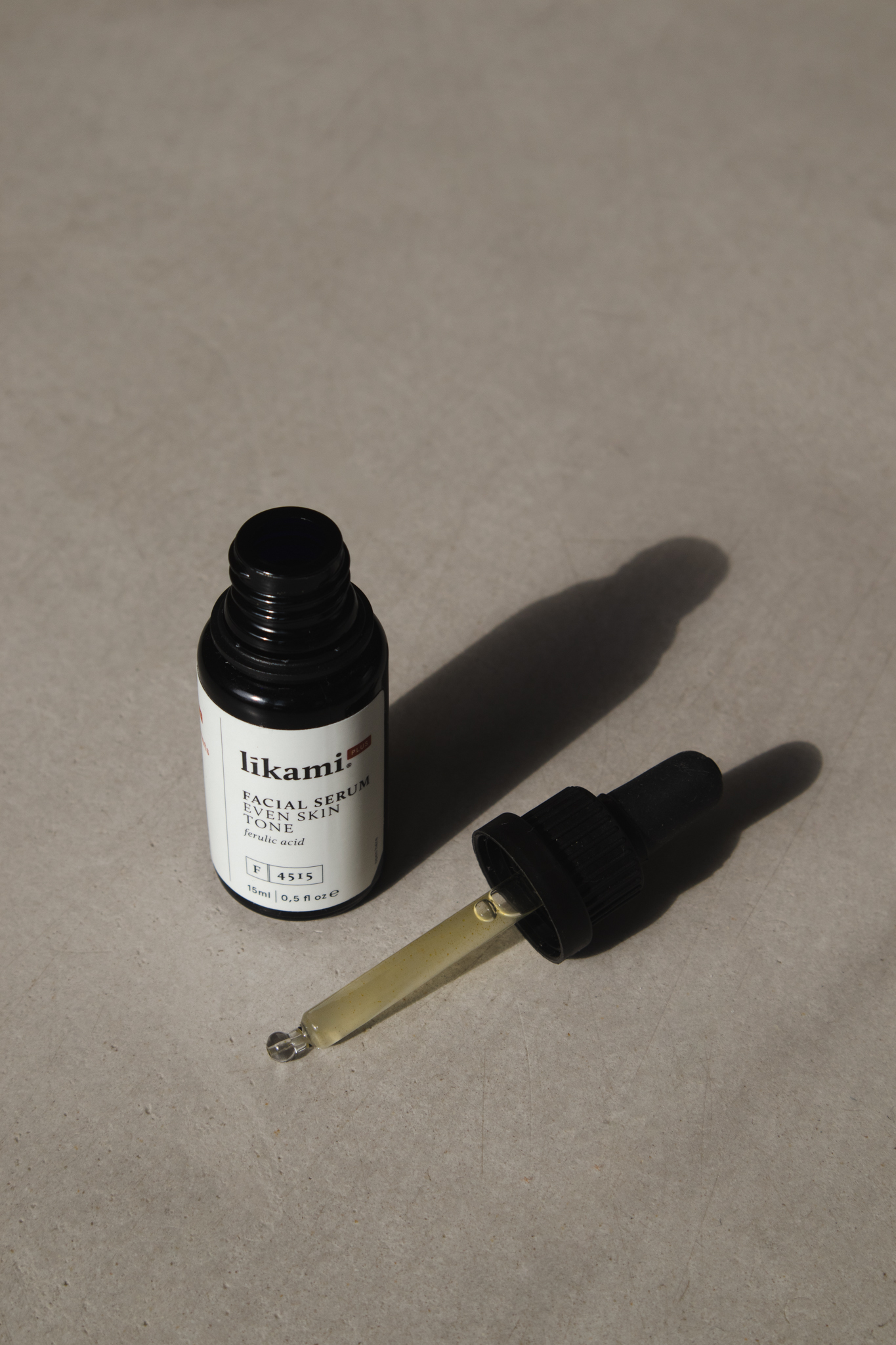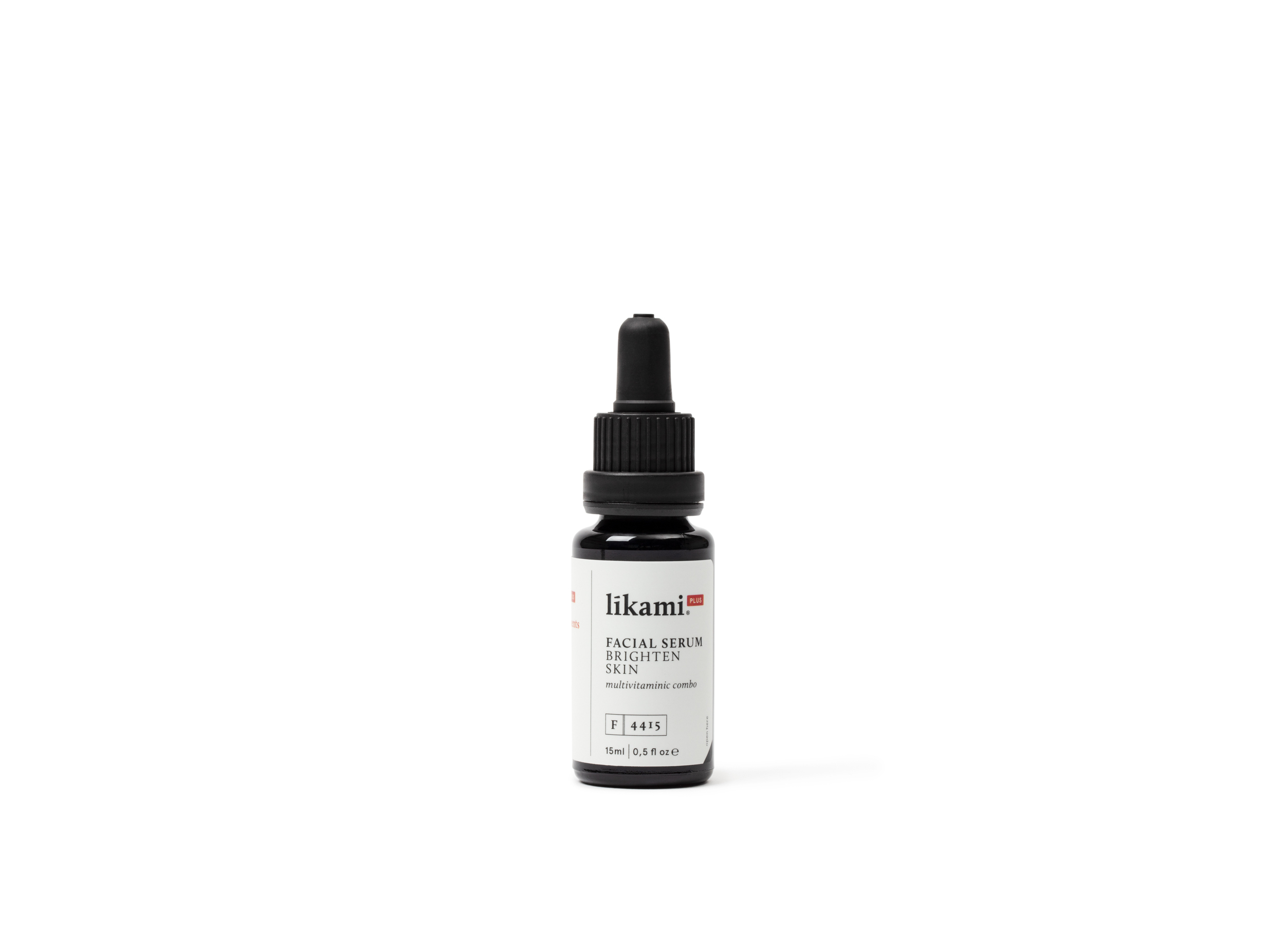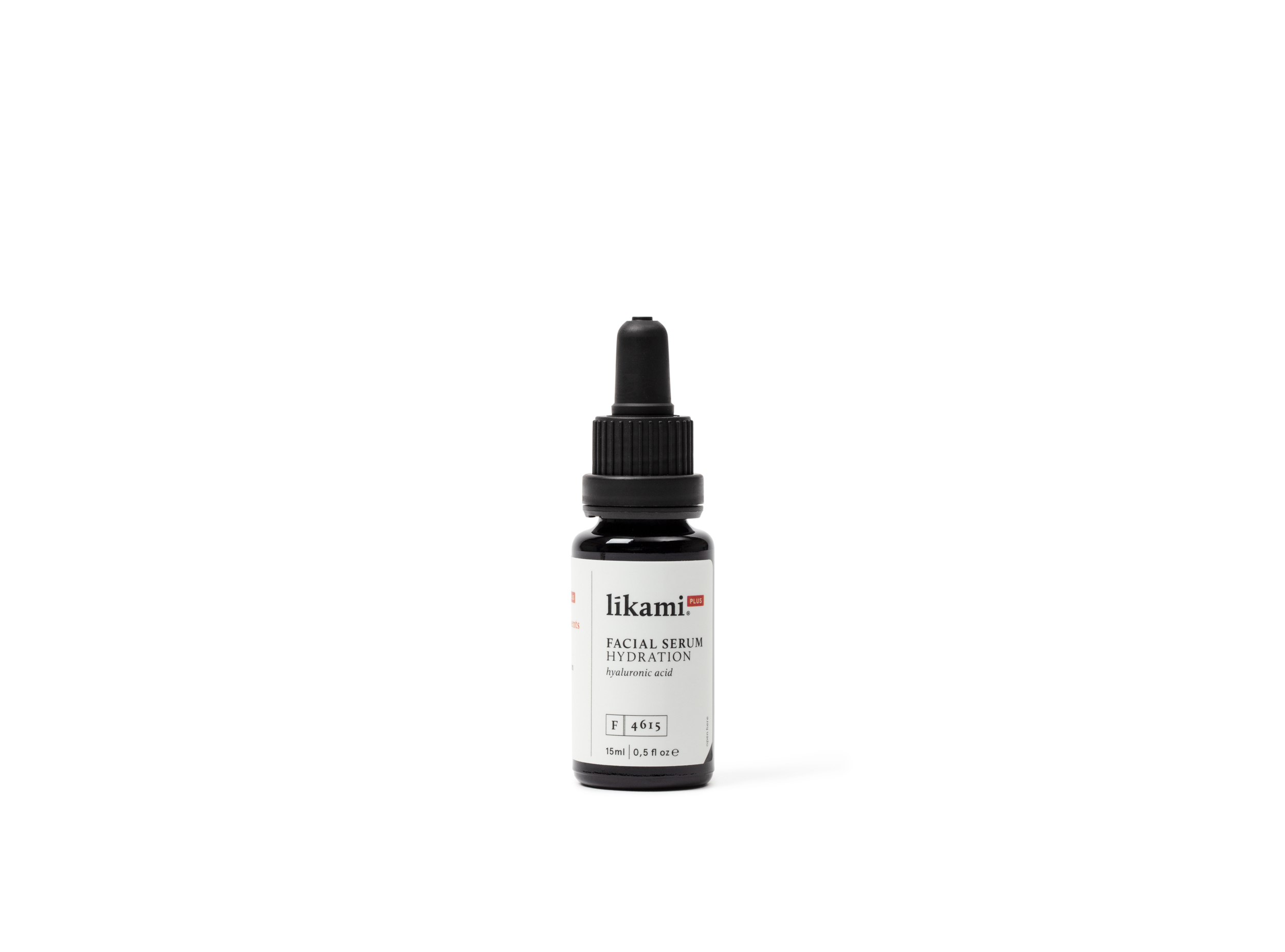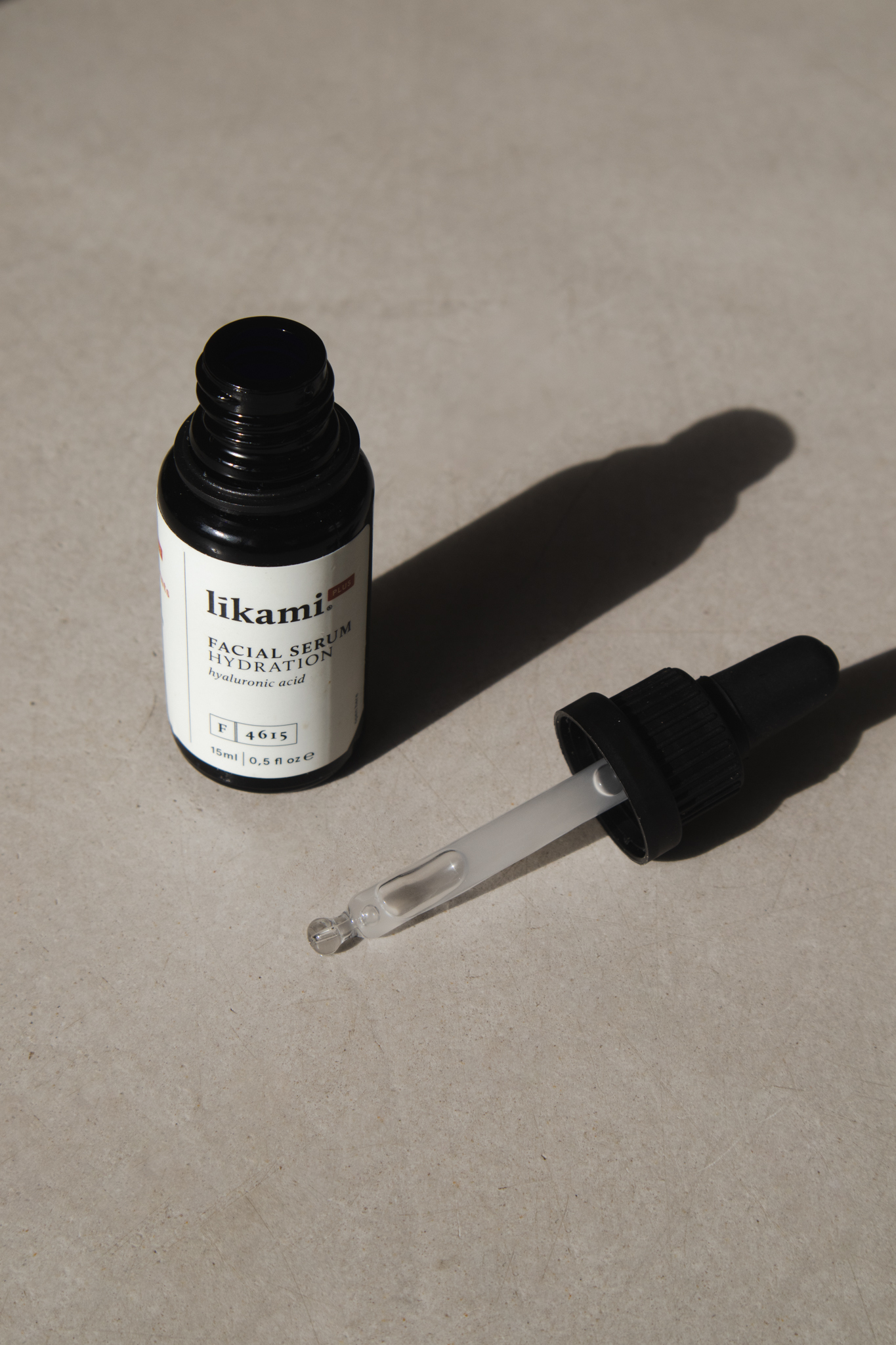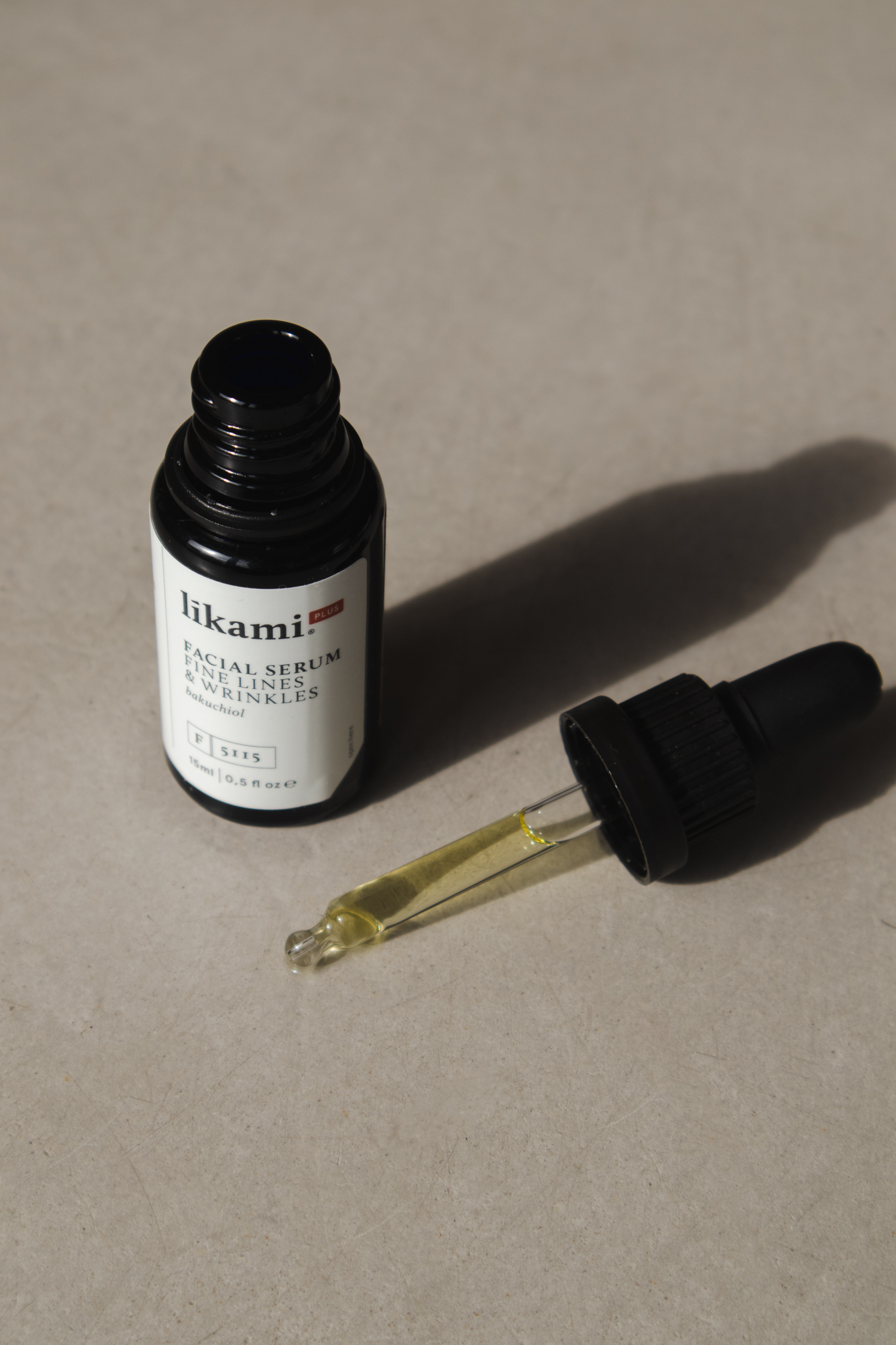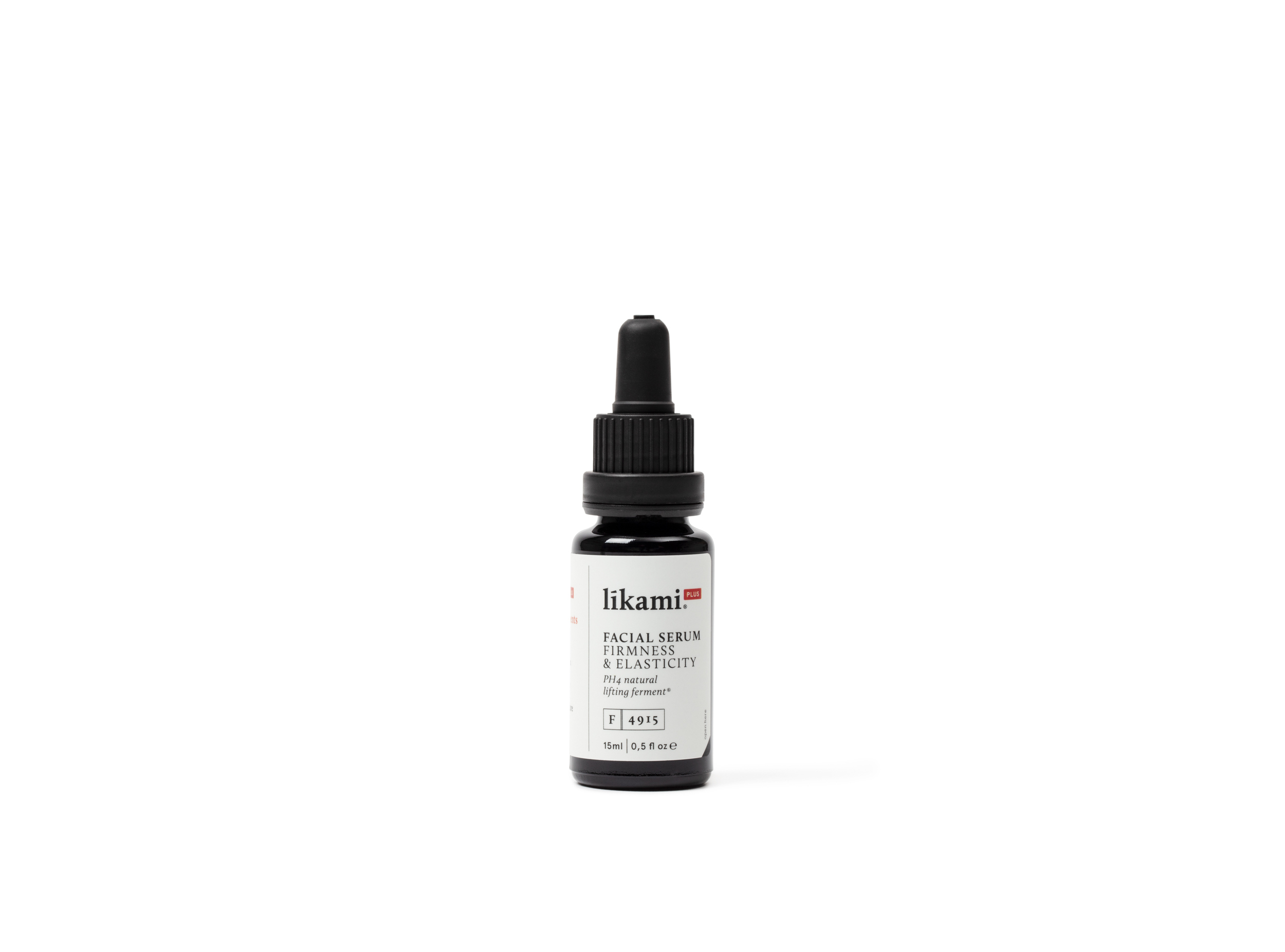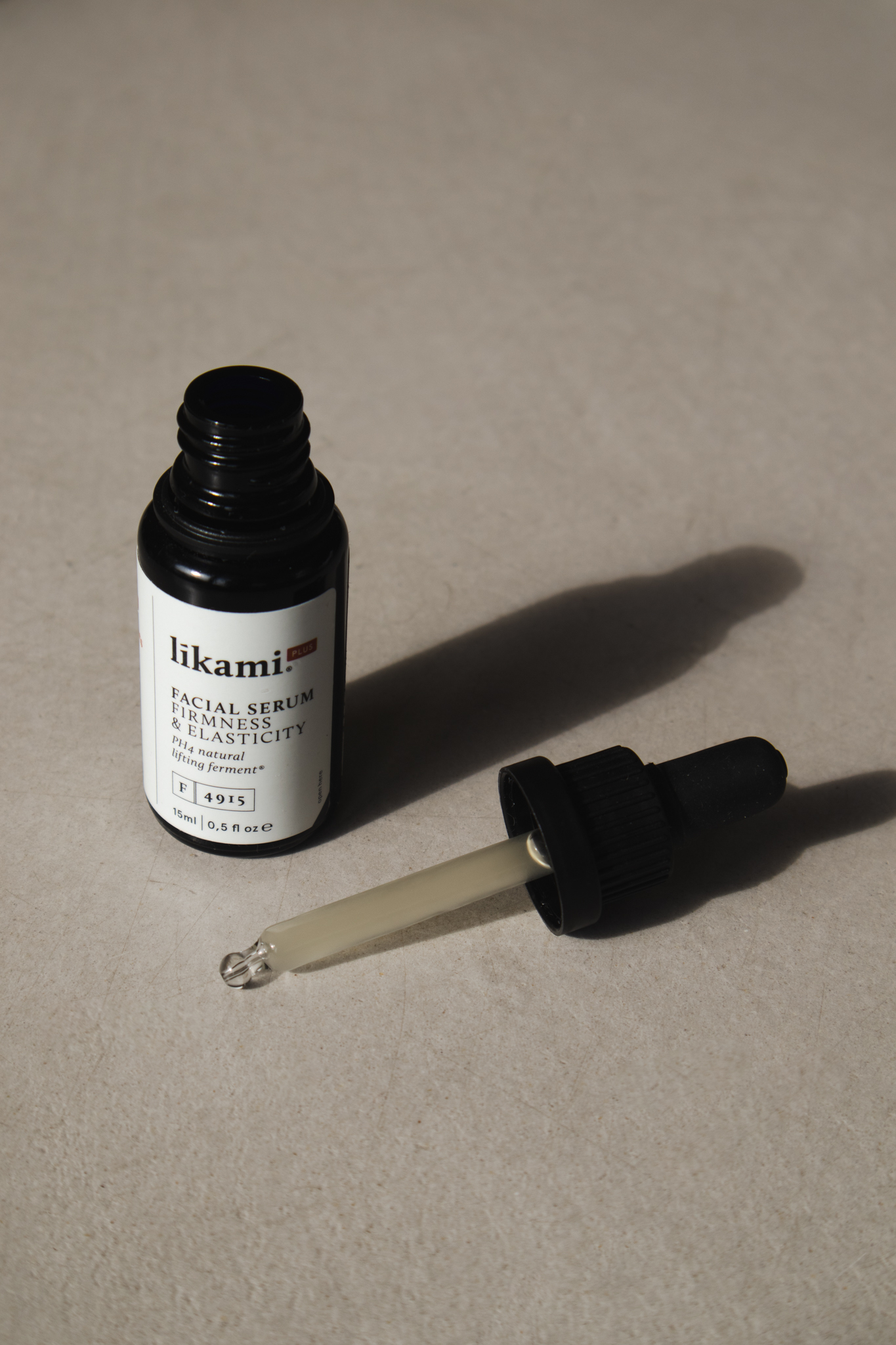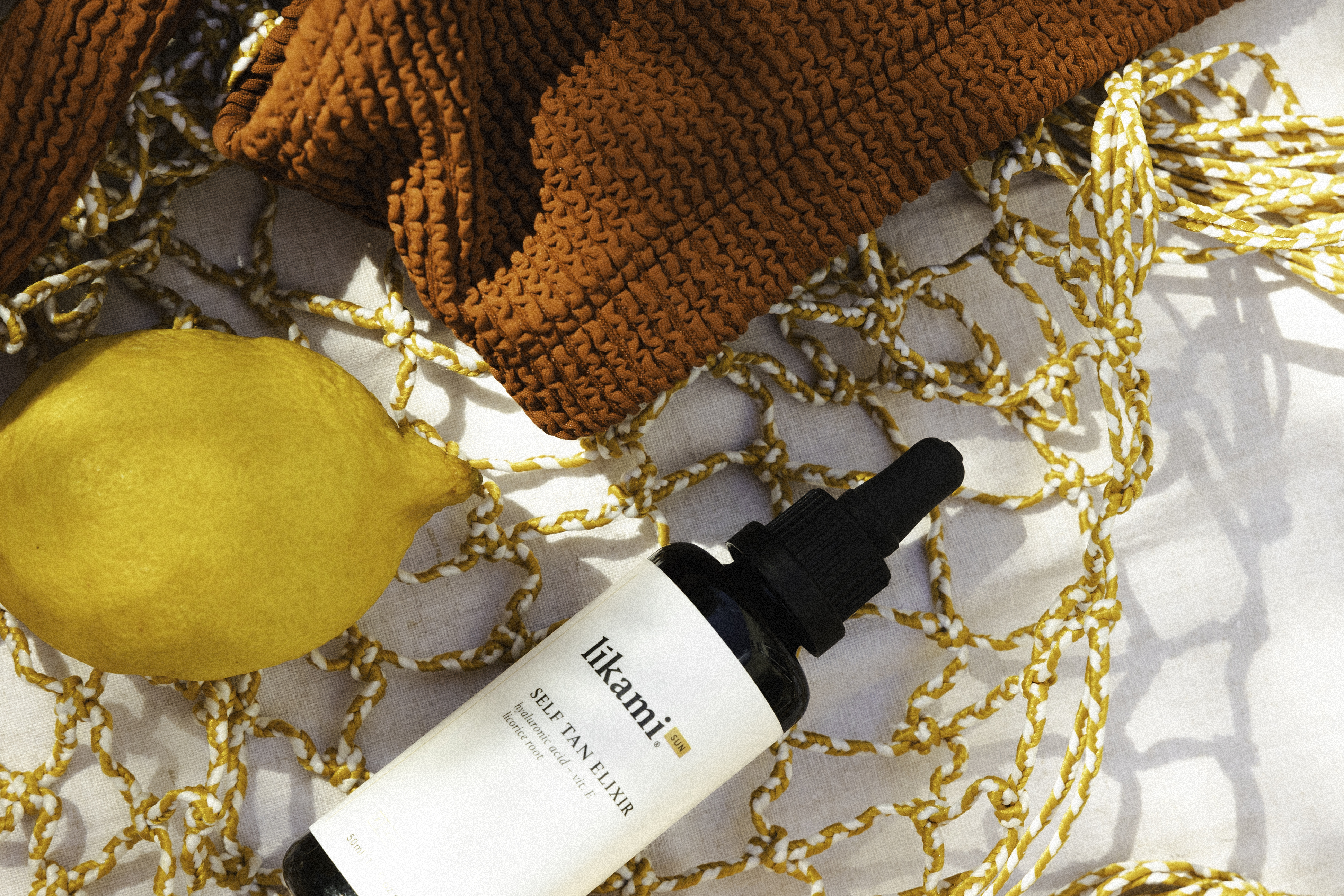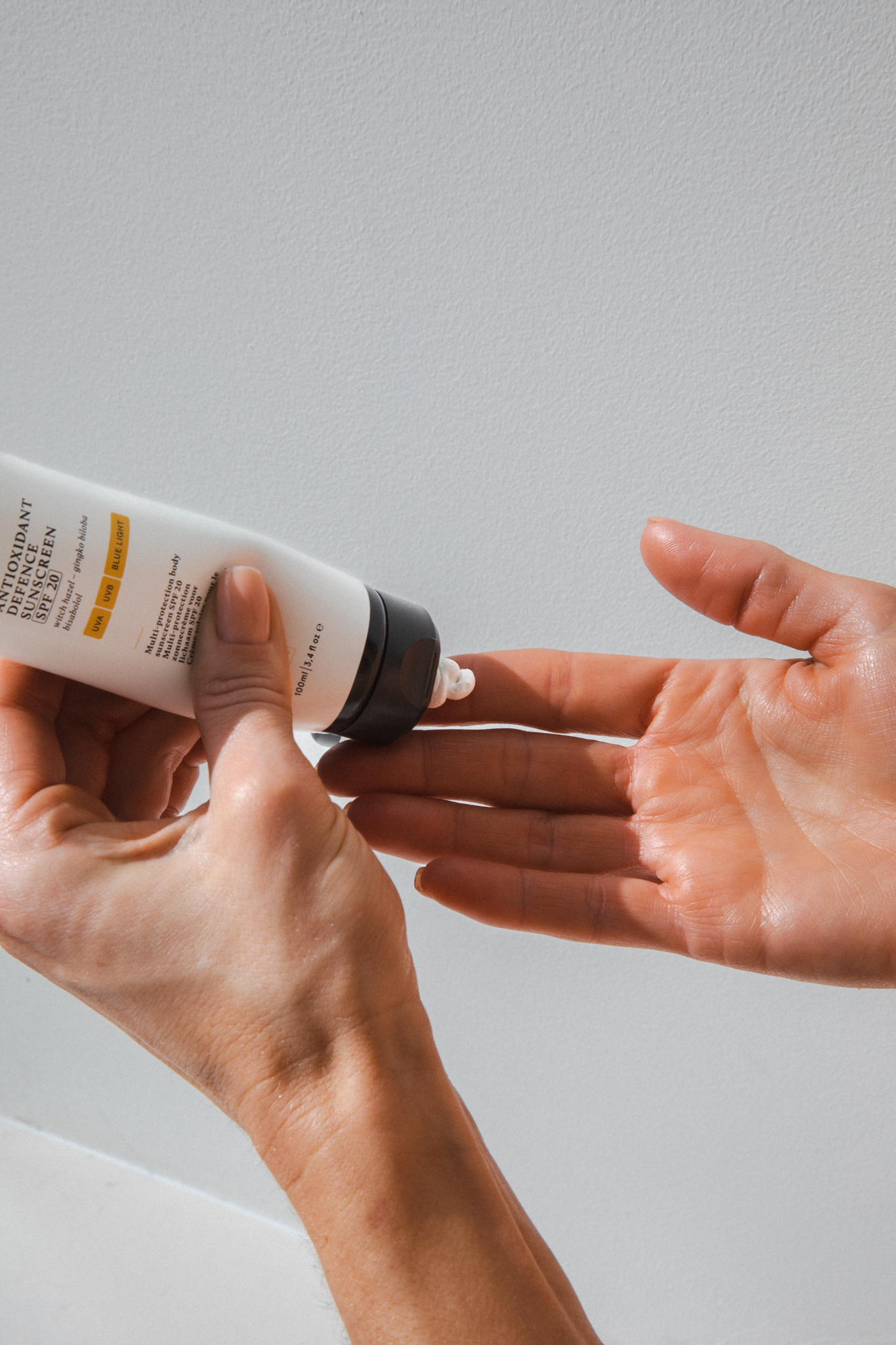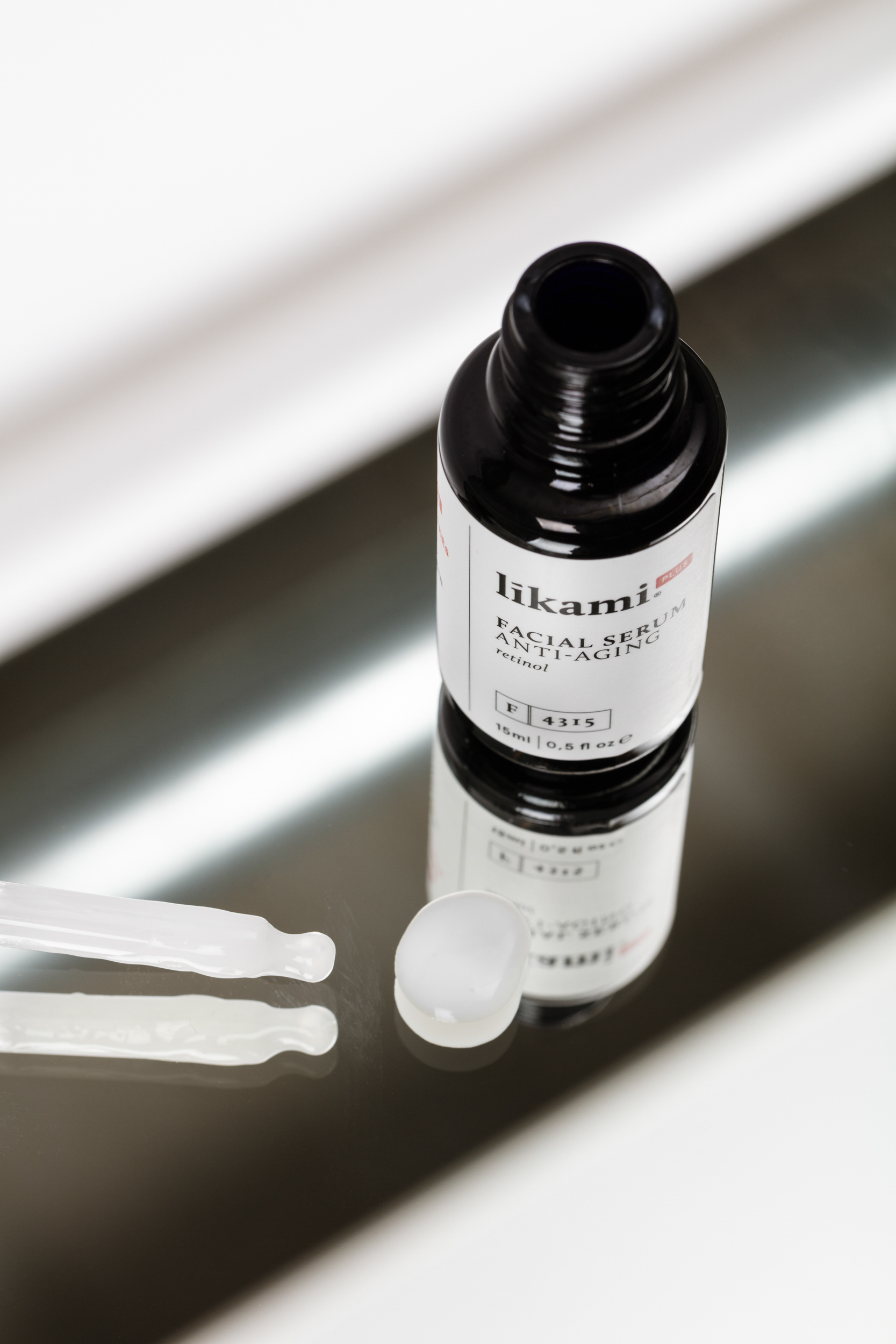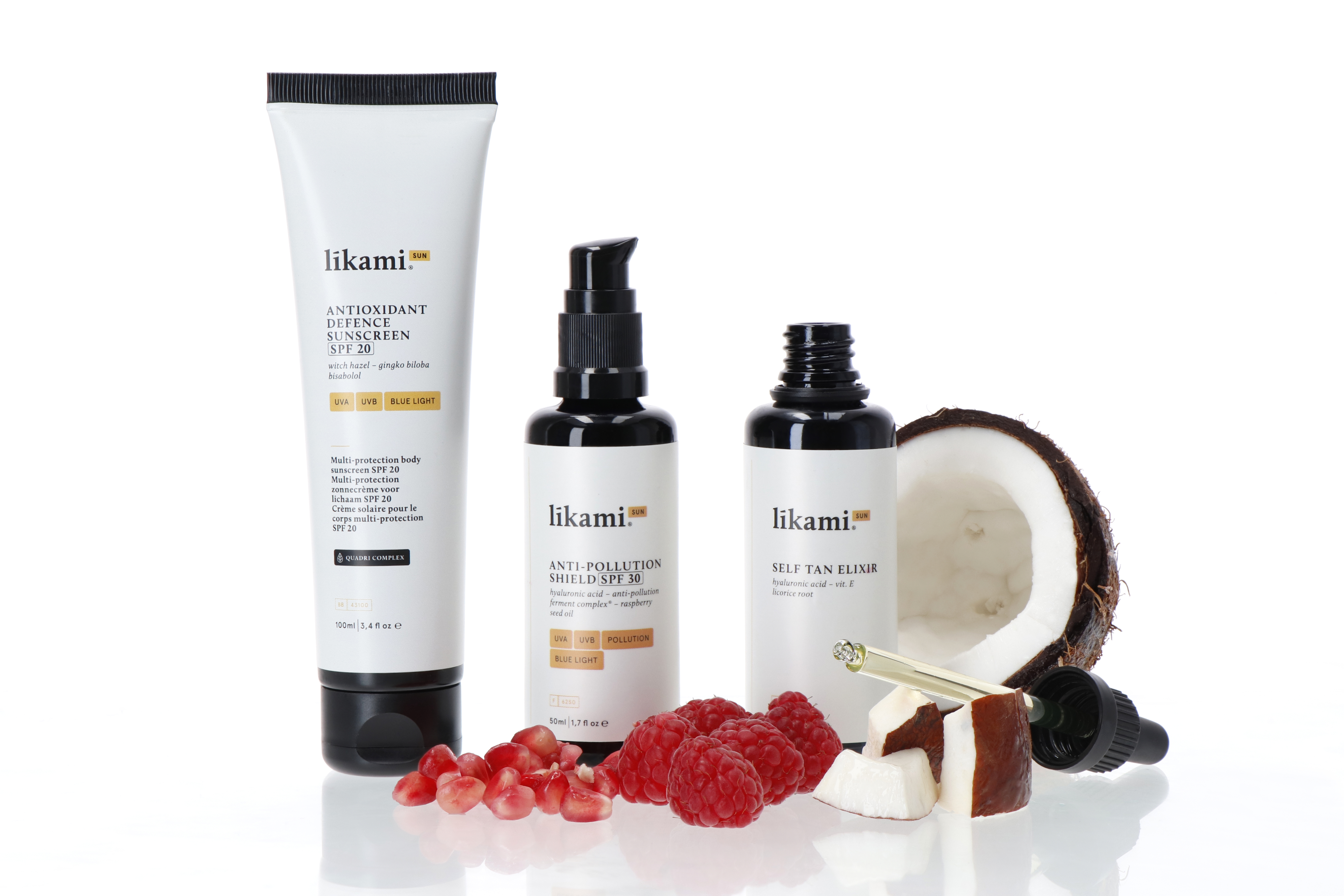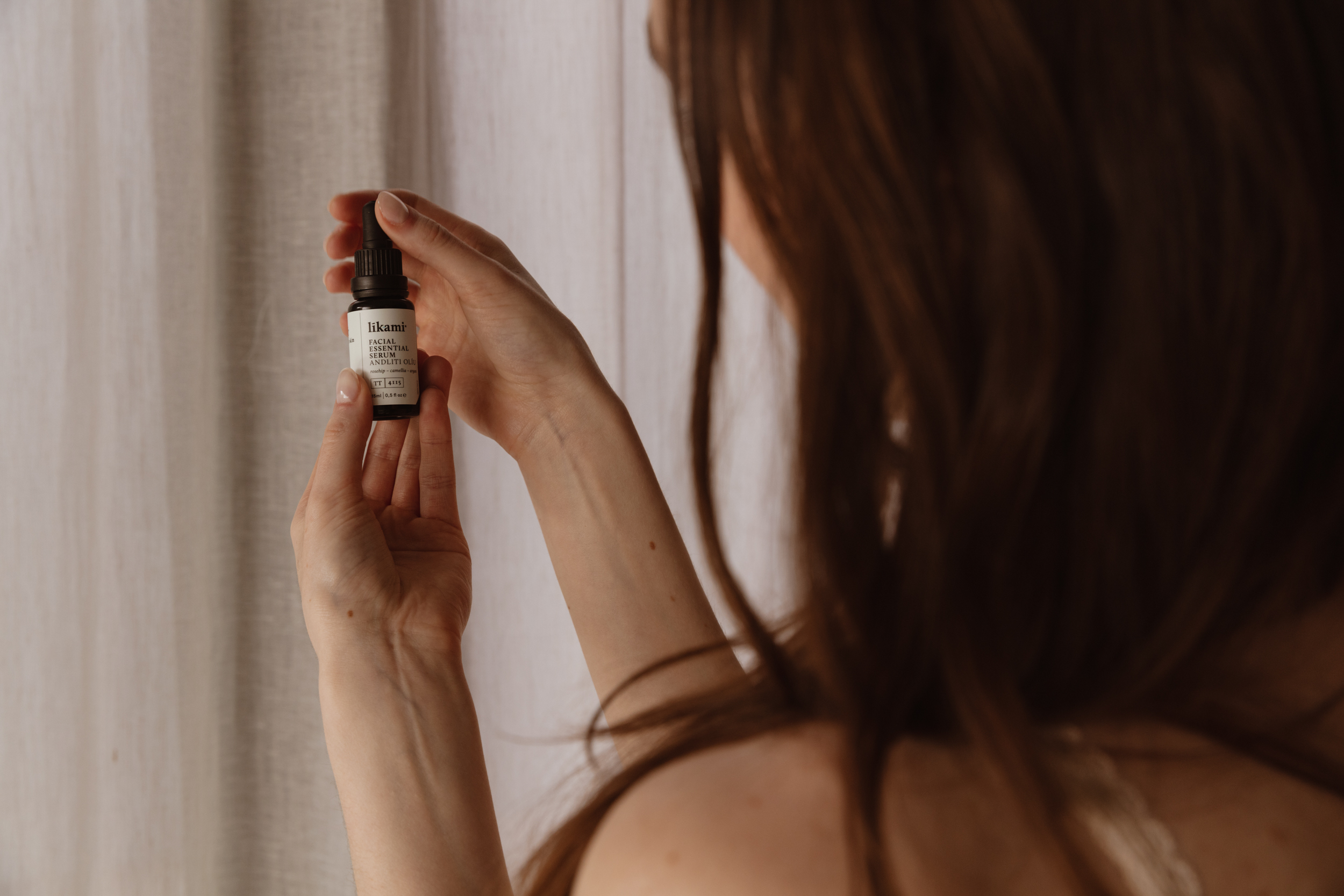
How to layer your serums?
One of the most common questions asked is whether it's OK to layer serums and, if so, what's the best way to do it? How do I apply my serums? Can I cocktail them? Does the order matter? How long do I wait between applying each serum? These are all very valid questions and yes, there are rules, and yes, they matter – a lot!
Serums, what are they?
Facial serums are formulations which offer a powerful dose of certain active ingredients such as vitamins, minerals, and antioxidants to the skin. The molecules of ingredients in serums are tiny, to aid easier penetration and absorption.
You'll find serums available in different forms, each targeting a specific skin concern. Common skin conditions addressed by serums include dryness, dehydration, acne, signs of aging, and hyperpigmentation. And to address a plethora of skin concerns, we created the Likami Plus Range.
Oftentimes, serums are formulated in different textures ranging from gel-based which is thick and viscous, to liquid consistency which is light and runny, and oil-based forms.
A good example of a liquid serum is the Likami PLUS Facial Hydration Serum with hyaluronic acid. While an oil-based serum is the Face Essential Serum.
Serums are the third step of the Likami skincare routine. Refer to our skincare regimen chart here for easy use of our products. They are applied after using a cleanser and before applying a moisturizer.
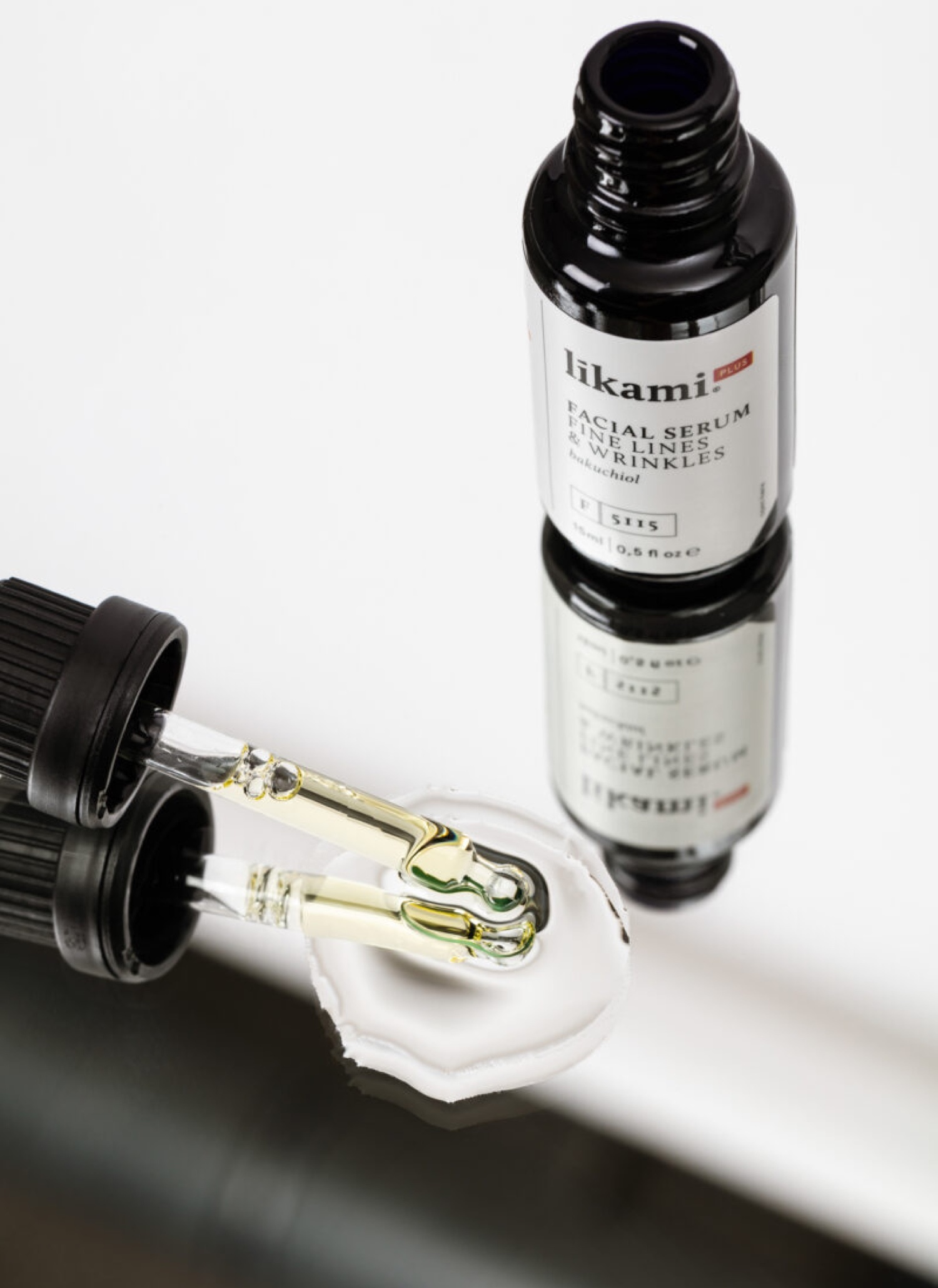

Why do you need them?
Let’s walk you through some amazing benefits of adding a facial serum to your skincare regimen.
Serums are highly absorbent so you do not have to deal with any greasy feeling of heaviness.
Serums hydrate and moisturize the skin.
Serums soothe and calm irritated skin.
Serums prevent free radical damage and protect your skin from oxidative stress.
Serums exfoliate the skin
Serums rejuvenate and repair the skin.
Effective tips for layering your serum.
Apply to clean skin
Apply on freshly cleaned skin. Use a milk-based cleanser such as the Cleansing Milk with pad and an oil-based cleanser such as the Cleansing Oil. We recommend double cleansing, so your face can be squeaky clean without stripping off sebum. If you want to get the best results from your serums, stick to exfoliating your skin weekly with a scrub and face mask.
Pair exfoliating actives with calming ingredients
As a rule of thumb for layering, you should avoid pairing active ingredients that can sensitize your skin. For example, using a combo of retinol and glycolic acid is a no no.
Less is more
We advise that you introduce only two or a maximum of three serums to your layering routine at a time. Go for serums whose ingredients are within the same pH range. Less is more when it comes to serum application.
Know your ingredients
Understand which serums are best for skincare application day and night.
Apply properly for fast absorption
Instead of rubbing your skin aggressively, gently tap your skin with your fingertips, pat your face, neck, and decollete. Massage your face gently. Then smoothen out the product for best coverage. Or you can opt for a facial tool such as the Facial roller. Allow the serum to soak into your skin for proper absorption.
Seal in with a moisturizer
The final step of layering your serum is to seal it in with a moisturizer such as the Facial Intensive Hydrating Cream.
Apply from thinnest to thickest
If you're using more than one serum, apply the serum with the thinnest texture first before you proceed to the thicker one.
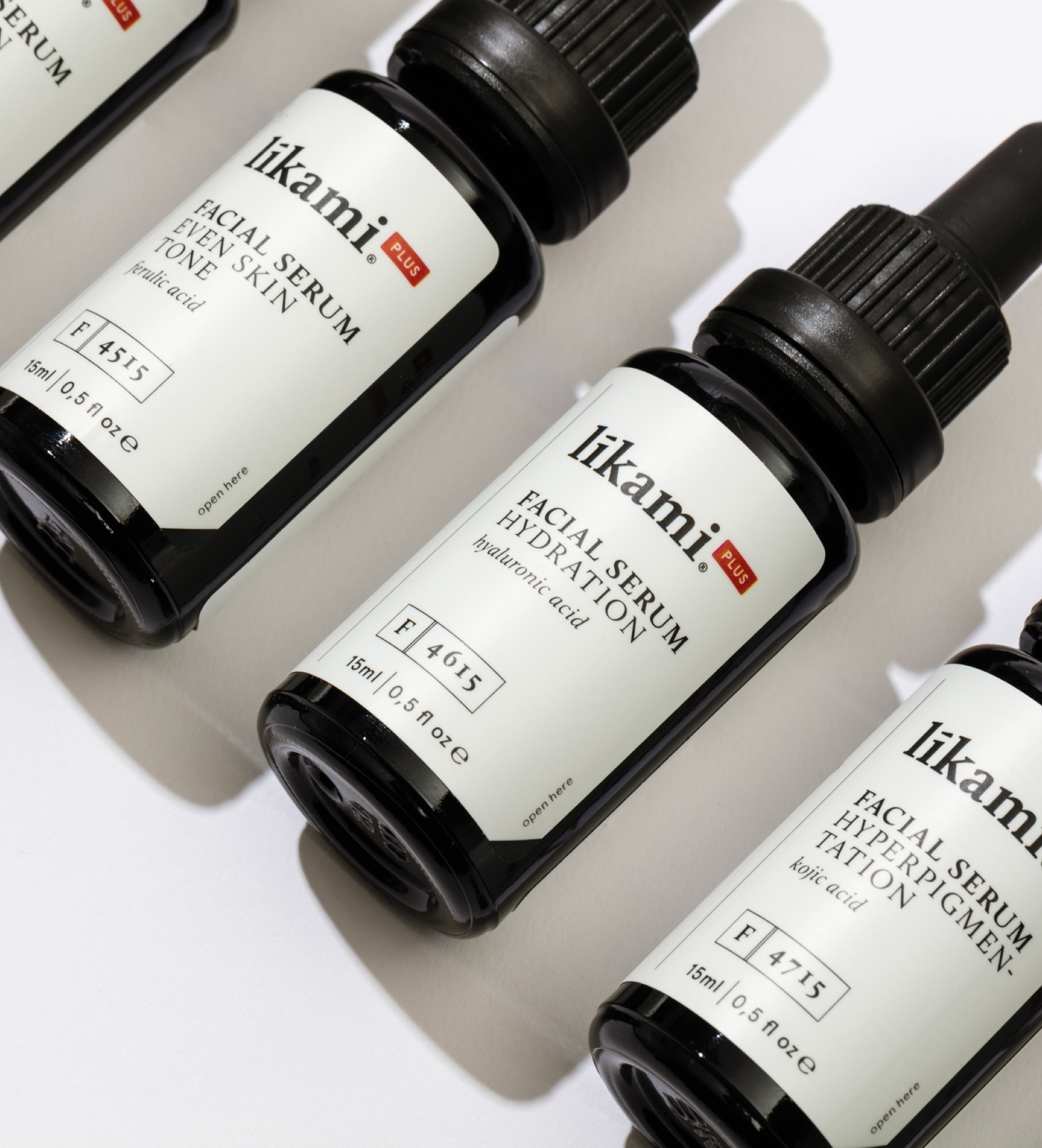
What is the best serum for layering?
There is a wide array of facial serums in the market but we have laid down our top picks of serums and the skin concerns they target.
Serums for depigmentation/color correction
These serums are formulated with agents known to address pigmentation disorders such as sun damage, dark spots, melasma, uneven skin tone, and dullness. Also, these serums prevent formation of new spots, boost cell renewal, and eliminate dead skin cells.
Who should use it? Perfect for anyone who wants to get rid of stubborn dark spots and anyone who wants radiant, glowing skin
Depigmenting Ingredients;
Vitamin A, vitamin C, Niacinamide, kojic acid, azelaic acid, retinol, and glycolic acid.
Depigmentation/color correction top picks
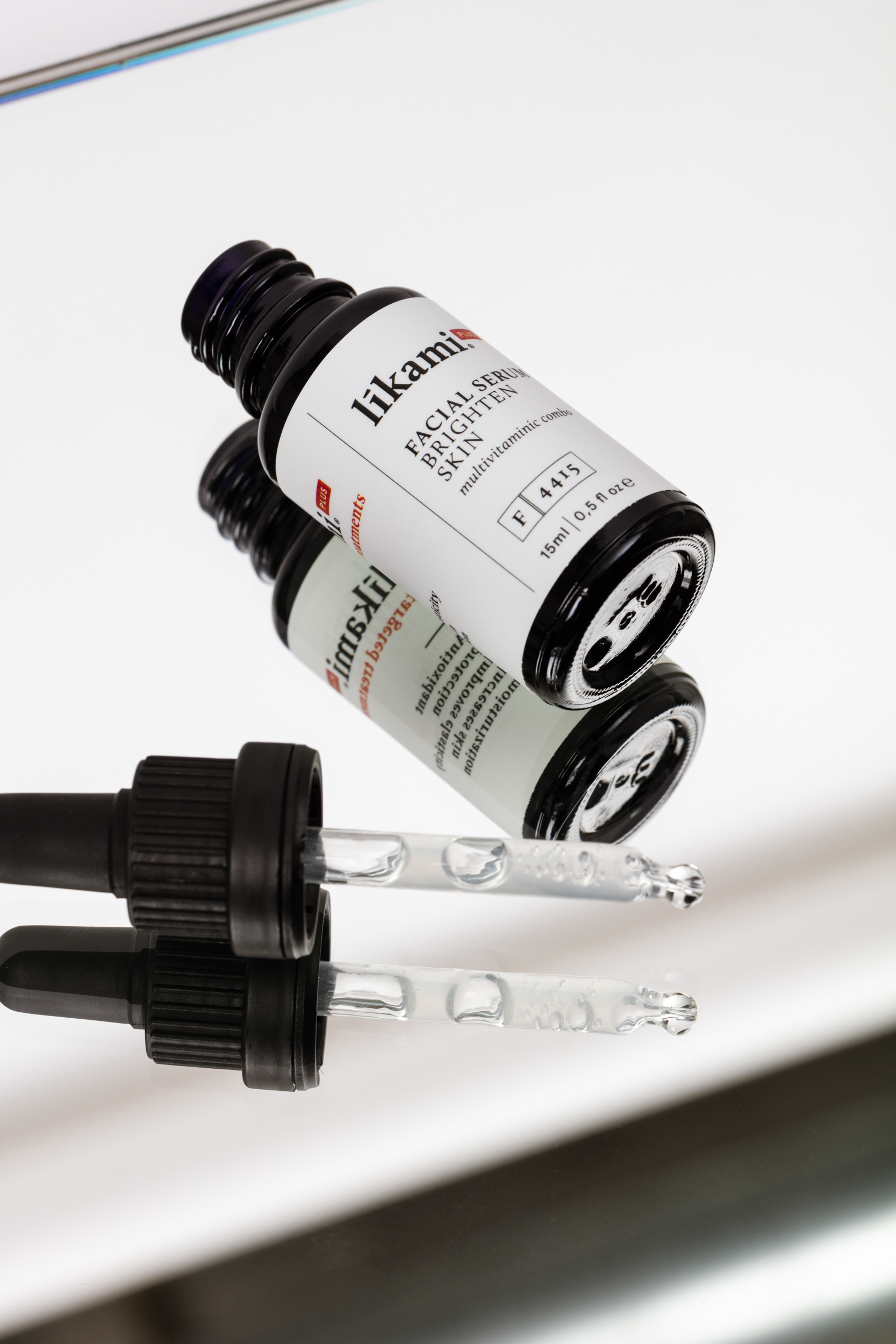
Serums for antioxidant benefits
Antioxidant serums are vital in every beauty step because they protect your skin from aging, hyperpigmentation, irritation, and inflammation, caused by free radical damage and oxidative stress.
Who should use it? All skin types need an antioxidant-rich serum.
Antioxidant ingredients: Vitamin A, Vitamin C, vitamin E, ferulic acid, retinol, niacinamide, and green tea.
Antioxidant top picks

Serums for hydration
Hydrating serums help to hydrate the skin, protect the skin barrier, and prevent moisture loss from the skin.
Who should use it? All skin types need hydration to maintain plump and supple skin. However, dry skin, acne-prone skin, and oily skin will benefit more from it.
Hydration Ingredients: Hyaluronic acid.

Serums for anti-aging
Serums formulated with anti-aging agents help to defy signs of aging such as wrinkles, saggy skin, fine lines, and puffiness. They promote skin firmness and youthfulness.
Who should use it? All skin types would benefit from anti-aging serums but they are most beneficial for mature skin.
Anti-aging ingredients: Retinyl Palmitate, vitamin C, bakuchiol, glycolic acid, vitamin E, niacinamide, Hyaluronic acid.
Anti-aging top picks
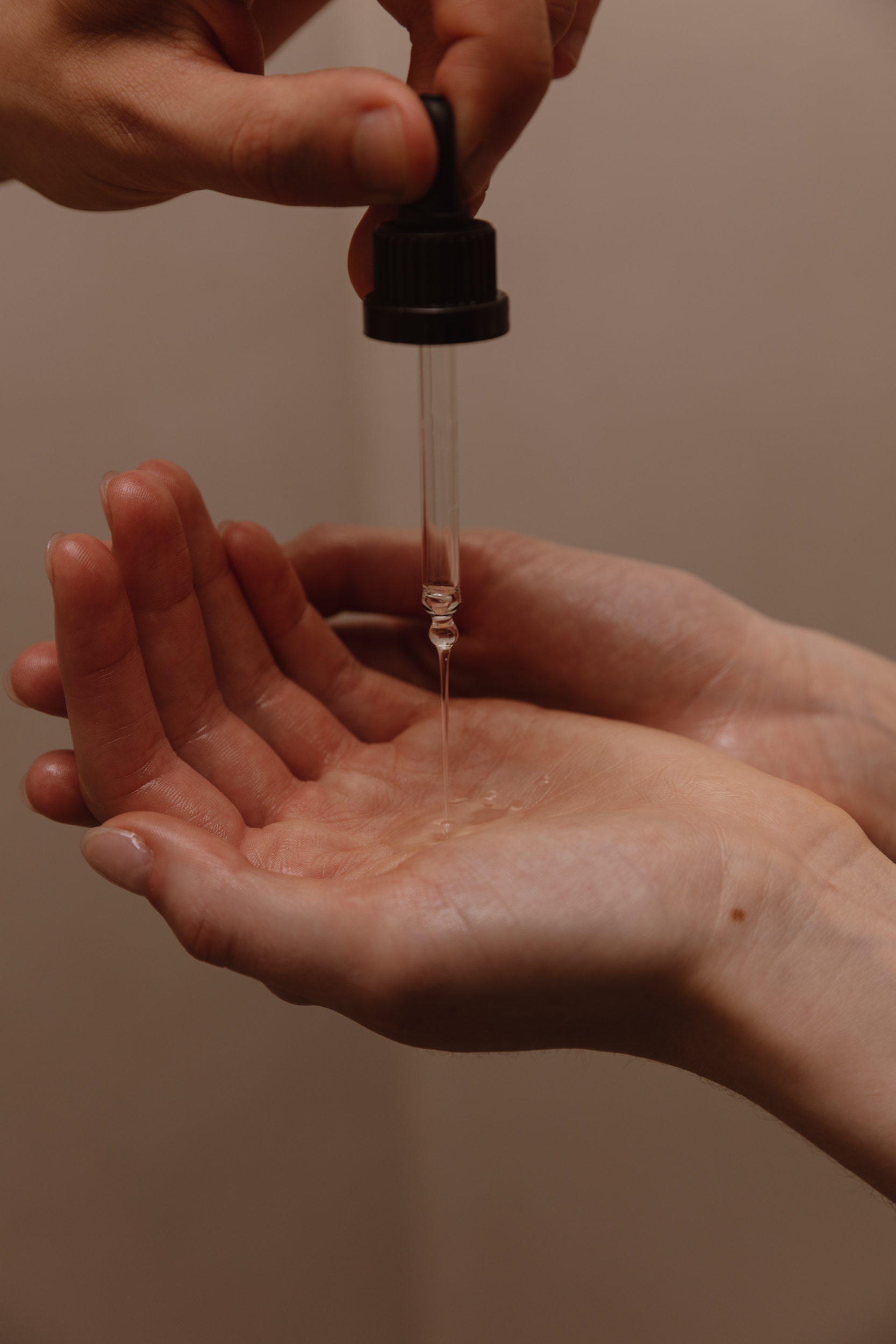
Skincare ingredients not to mix!
The final rule of how to layer serums is only layering ingredients that work well together.
Some general rules:
- Don’t mix retinol with alpha hydroxy acids (AHAs) and beta hydroxy acids (BHAs).
- Avoid mixing vitamin C with AHAs or BHAs. Doing so may cause skin sensitivity.
- Be mindful of how many acids you’re applying to your skin in one session. Too much can cause skin sensitivity and lead to breakouts. While some products are pre-formulated with multiple acids, these amounts are carefully measured to ensure the product is safe and effective.
- If you want to reap the benefits of two ingredients that don’t play well together, you can use one in the morning and one in the evening.
We encourage you to mix and match until you find your ideal serum cocktail. Do you need guidance to pick out your customised Líkami Plus serums? We’re happy to help you out with personalised advice.
Keep on reading

Subscribe to our newsletter
and receive 10% discount on your next order.
